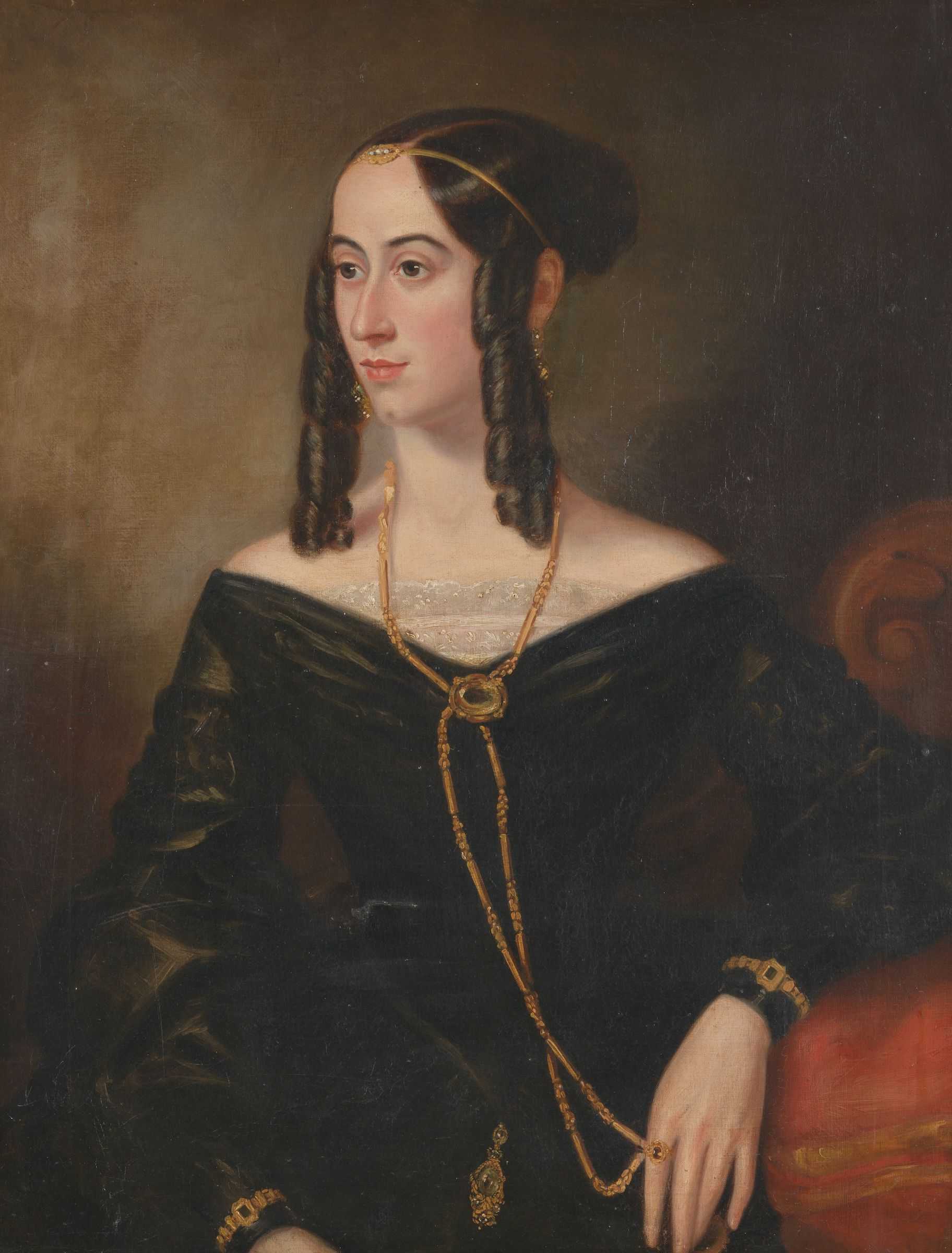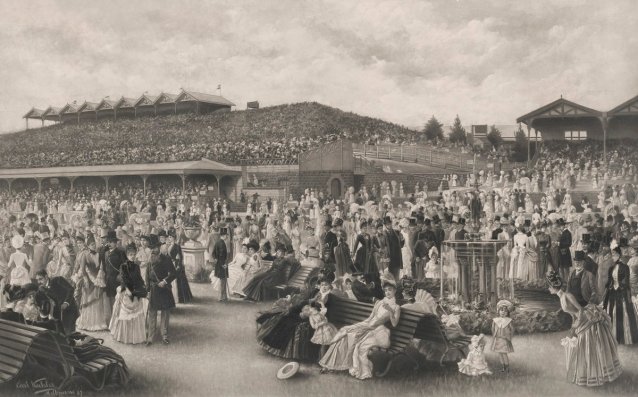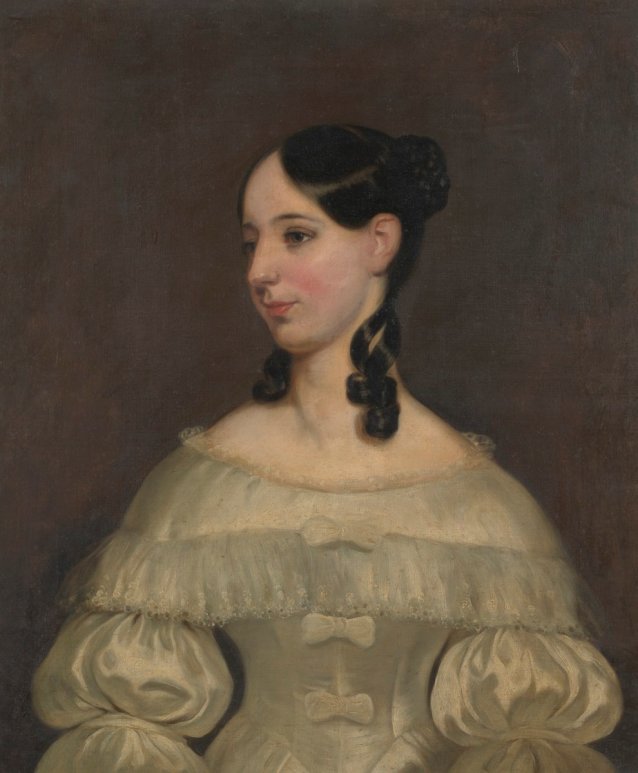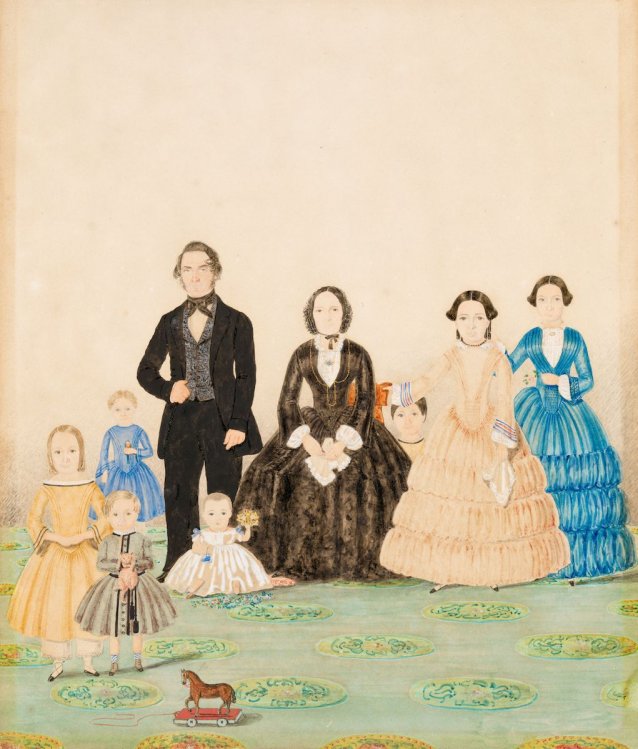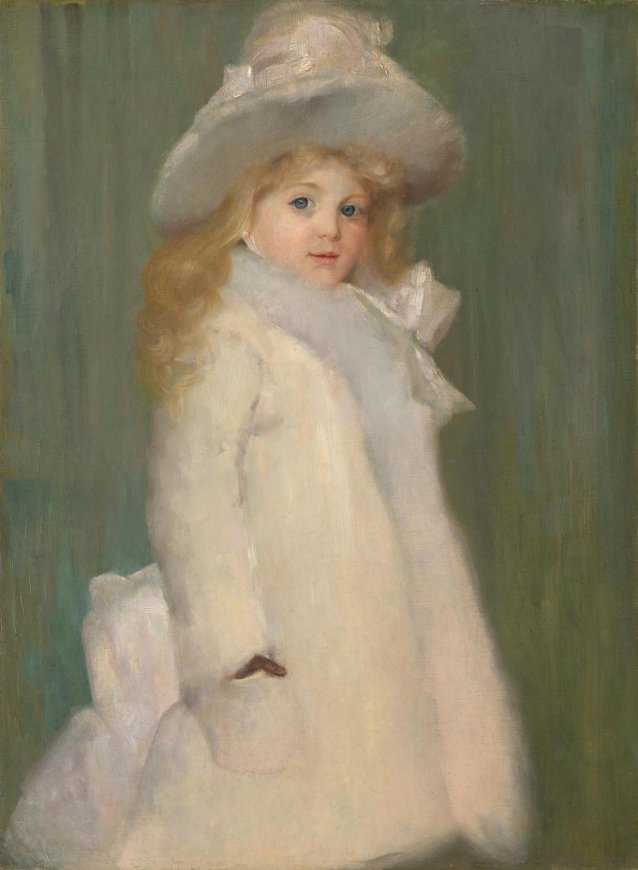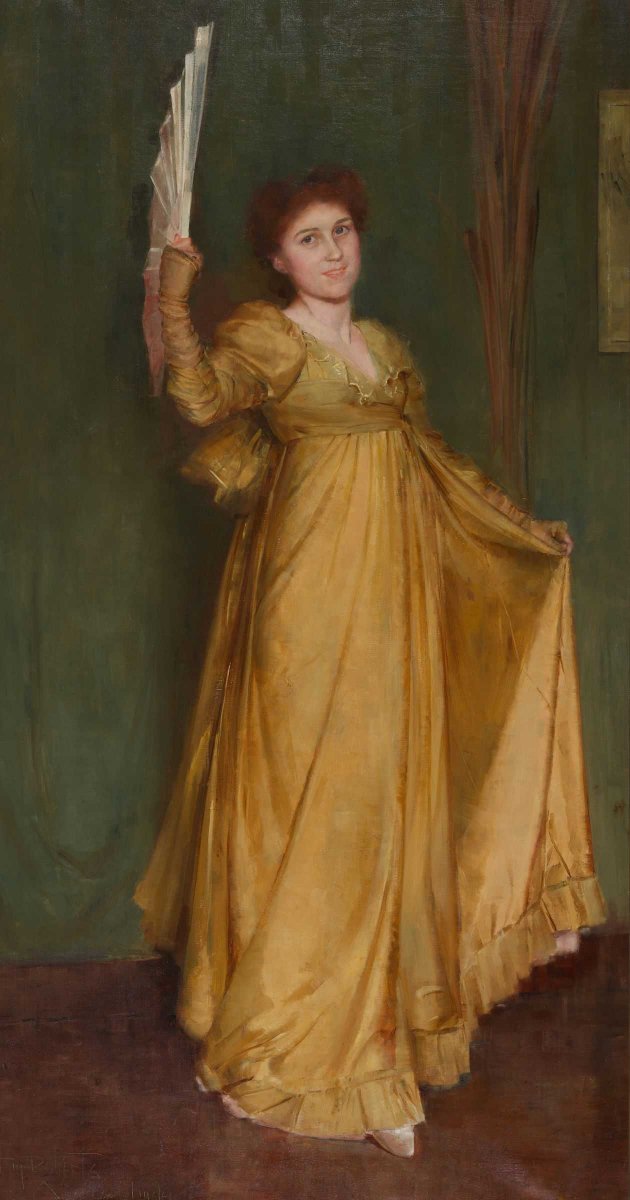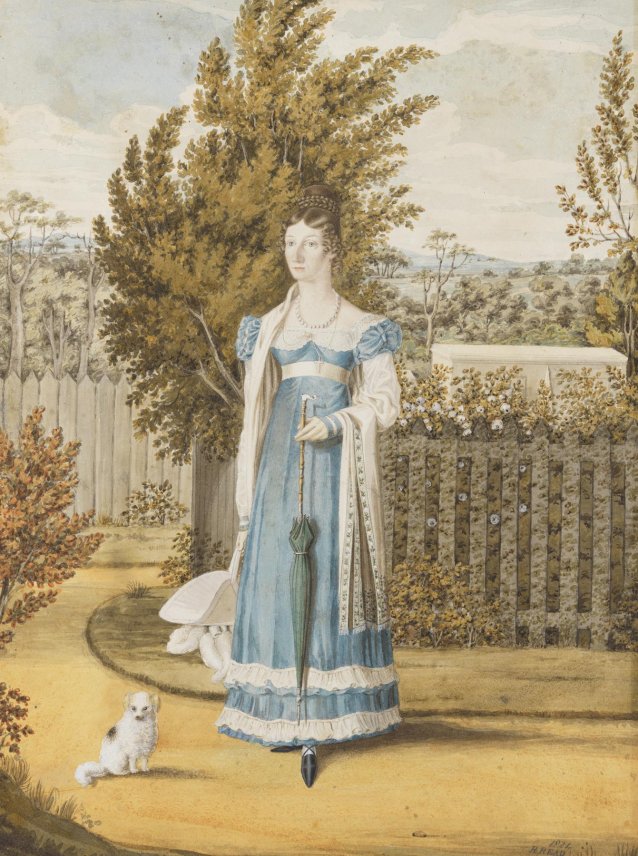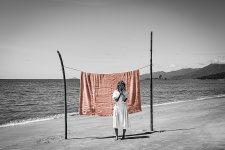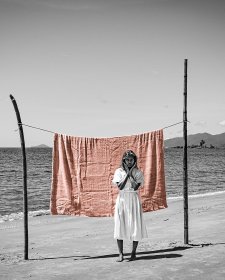Describing the social carnival on display at the 1886 Melbourne Cup, a writer for Melbourne Punch observed, ‘The lawn was well patronised as promenade, and occupied throughout the day by a fashionable attendance of ladies’. The day’s parade of bustles, box pleats, bonnets and parasols was lavishly detailed in Carl Kahler’s The lawn at Flemington on Melbourne Cup Day. Not a horse in sight. The first of three paintings in Kahler’s Melbourne Cup series, the scene reached a broad public audience as an edition of black-and-white photogravure reproductive prints by Goupil & Cie. The brilliant reds and pinks, yellows, blues and various purple hues captured by Kahler had gained popularity from the middle of the century with the rapid commercial availability of aniline dyes. Following the discovery of mauvine by William Henry Perkins in 1856, the industrially produced synthetic textile dyes changed the way colour was worn across classes and influenced social convention and attitudes. In placing these colourful frocks to balance the composition and allow the viewer to negotiate the social body presented, Kahler was also arranging distinct personages as separate from the race day crowd. A key accompanying the photogravure print identifies 73 individuals, including Governors of Victoria, New South Wales and South Australia, sporting identities, businessmen and politicians, and members of Naarm/Melbourne’s Anglo-elite.
Newspaper articles read alongside the key and Kahler’s vibrant canvas, now held in the Victorian Racing Club Collection, reveal the artifice of the composition. While a Table Talk report suggests an accurate rendering of Lady Loch’s race day ensemble in ‘plum bloom Sicilian, with a petticoat of cream and mauve striped brocade’, the artist’s selection of colours for other dresses generally did not match descriptions in print. For example, Miss Thompson, who appears at far right in warm yellow with rich gold banding at the hem, was recorded as wearing ‘blue silk covered with a mist of cream muslin’. In monochromatic reproduction however, the importance of such contrivance is perhaps moot.
Working from life and photographs submitted by society ladies for inclusion, Kahler created an image of a booming colonial city described by the Sydney Morning Herald in 1889 as a ‘national subject’. Long before the founding of ‘Fashions on the field’ in 1962, race day wear was a signifier of social stratification. Through visual cues in each woman’s arrangement of costume and accessory, this group portrait of the privileged class reveals much about the way in which intricacies of dress underscore social rituals that played out in both the public and private spaces of the 19th-century portrait.
Some 60 years before Kahler’s series of racing pictures, in 1824 Richard Read Snr painted a full-length portrait of Julia Johnston against the backdrop of the family estate ‘Annandale’ in Gadigal land/Sydney. As part of that first generation of non-Indigenous Australian-born free settlers, we read in the details of garment and accessory something of her economic status and the social circles in which she would have moved. Due to the significant costs associated with commissioning portraits, the watercolour follows a pattern well established throughout the 19th century with subjects drawn largely from the privileged classes – wealthy or well-connected. Unlike studio photography from this period, images of poverty or the working classes were largely restricted to genre paintings.
The Empire silhouette of Johnston’s blue day dress was made popular across Europe during the First French Empire (1805–15) by Empress Joséphine. Gored panels fall vertically from a fitted bodice that ends below the bust at the high sashed waistline. This created a streamlined silhouette by allowing width to be added to the skirt length with minimal bulk at the waist. Framing a broad square neckline edged with white lace netting, ornate mancheron sleeves reveal loosely draped white undersleeves fitted at the wrist. The double frill in contrasting bands of white at the hemline follows fashions in both day and evening dresses of the 1820s. At the same time, hemlines were raised to ankle length, providing the opportunity for a laced satin slipper to delicately point out from beneath the skirt.
Johnston stands before the viewer with her dog at foot, holding a fabric parasol with an ivory capped turned wooden handle and white sun bonnet trimmed with ostrich plumes. The white embroidered shawl with floral border shares similarities with contemporary London designs and points to the influence of the woollen shawls exported from the Kashmir region that featured widely in fashion plates of the period. Alongside examples of early gowns such as those held by the National Trust of Australia and Powerhouse Museum, Johnston’s portrait indicates that by the 1820s such modish designs were arriving in the penal colony from Britain. Dresses, fabrics and trims brought back from overseas would continue to shape tastes throughout the century.
